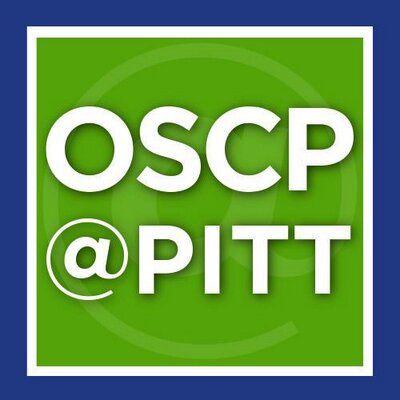Chen, Jingming
(2018)
Development and Evaluation of a Composite Hydrogel
for Growth Plate Repair.
Doctoral Dissertation, University of Pittsburgh.
(Unpublished)
Abstract
The growth plate is the area of cartilaginous tissue located at ends of long bones that drives skeletal growth in children. Damage to the growth plate can cause formation of bony tethers bridging the epiphysis and metaphysis, ultimately leading to growth disturbances. Surgical procedures are required to correct these deformities, particularly when lower limbs are involved. However, they are costly and often ineffective, driving a clear need for a regenerative approach for growth plate repair.
The growth plate consists of populations of chondrocytes at distinct stages of differentiation. The coordinated proliferation and differentiation of the chondrocytes drive bone growth. Prior studies have attempted to restore the growth plate using tissue engineering methods. Nevertheless, no approach has succeeded in preventing bony tethers and restoring growth plate structure.
In this dissertation, a composite hydrogel (PGH) was developed and evaluated for growth plate repair. It consists of Poly (ethylene glycol) diacrylate, methacrylated Gelatin (GEL-MA), and methacrylated Heparin. The PGH hydrogel was fabricated in-house and characterized for physiochemical properties including mechanical stiffness, swelling properties, and cytocompatibility. To evaluate the potential of the hydrogel to regenerate the growth plate cartilage, its effects on chondrocyte phenotype progression were analyzed and compared to a GEL-MA only hydrogel. To evaluate its ability to drive differentiation of stem cells to growth plate chondrocytes, its effects on stem cell chondrogenic and osteogenic differentiation were evaluated. Finally, the efficacy of the stem cell-laden PGH hydrogel in regenerating cartilage and preventing bony tethers was accessed in a growth plate defect model in goats. The results showed that compared to the GEL-MA hydrogel, the PGH hydrogel maintained glycosaminoglycan production by hypertrophic chondrocytes, arrested terminal differentiation, and inhibited mineralization. While supporting chondrogenesis, it did not permit osteogenesis or mineral deposition by stem cells. When implanted into a growth plate defect, the PGH hydrogel was biodegradable and supported chondrogenesis. Although unable to completely prevent bony tether formation, implantation of the PGH hydrogel reduced bone and increased fat content at the defect site. This work advanced understanding of the regenerative approach for growth plate repair. The PGH hydrogel also showed great potential in regenerating stable cartilage.
Share
| Citation/Export: |
|
| Social Networking: |
|
Details
| Item Type: |
University of Pittsburgh ETD
|
| Status: |
Unpublished |
| Creators/Authors: |
|
| ETD Committee: |
|
| Date: |
4 December 2018 |
| Defense Date: |
12 July 2019 |
| Approval Date: |
11 September 2019 |
| Submission Date: |
1 July 2019 |
| Access Restriction: |
2 year -- Restrict access to University of Pittsburgh for a period of 2 years. |
| Number of Pages: |
156 |
| Institution: |
University of Pittsburgh |
| Schools and Programs: |
Swanson School of Engineering > Bioengineering |
| Degree: |
PhD - Doctor of Philosophy |
| Thesis Type: |
Doctoral Dissertation |
| Refereed: |
Yes |
| Uncontrolled Keywords: |
Growth plate, hydrogel, tissue engineering, mineralization, chondrocytes, cartilage |
| Date Deposited: |
11 Sep 2020 05:00 |
| Last Modified: |
11 Sep 2021 05:15 |
| URI: |
http://d-scholarship.pitt.edu/id/eprint/37021 |
Metrics
Monthly Views for the past 3 years
Plum Analytics
Actions (login required)
 |
View Item |








